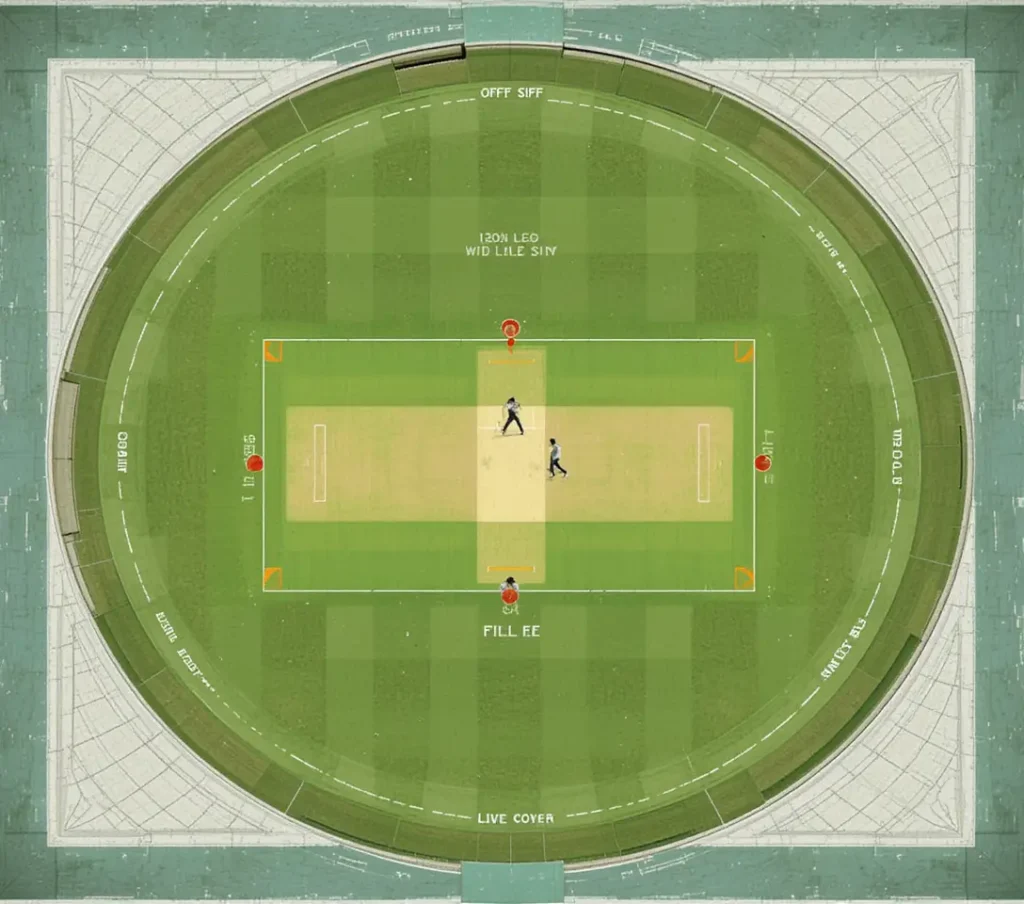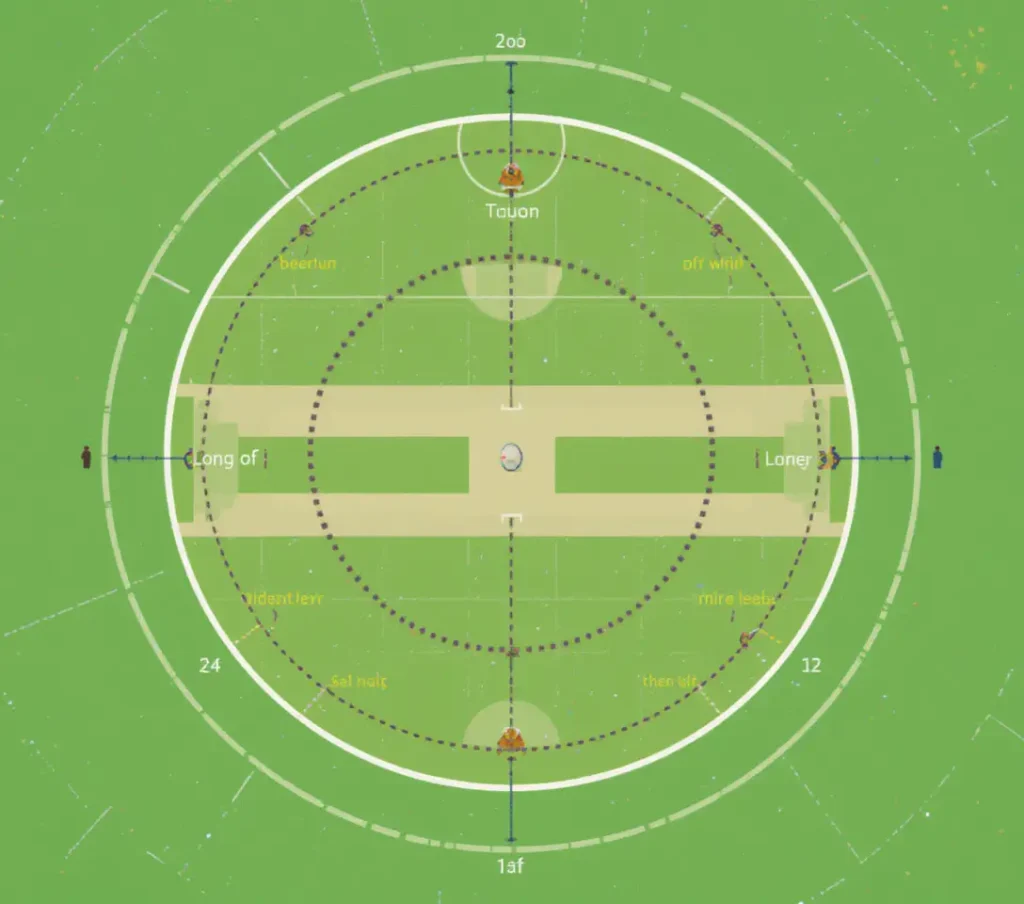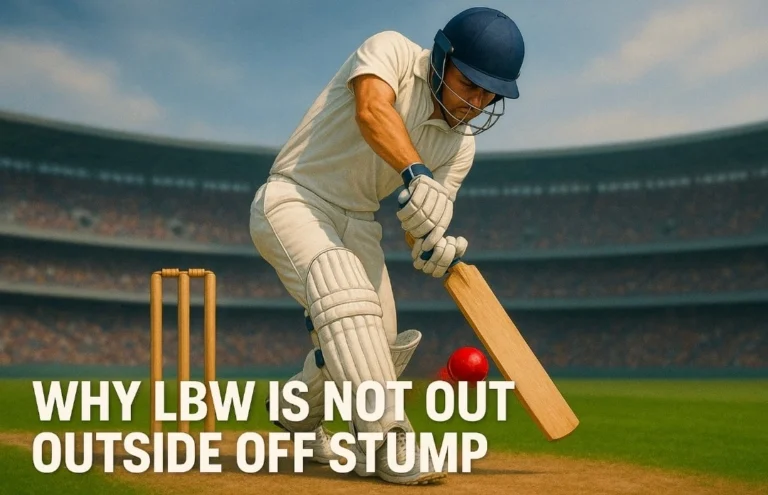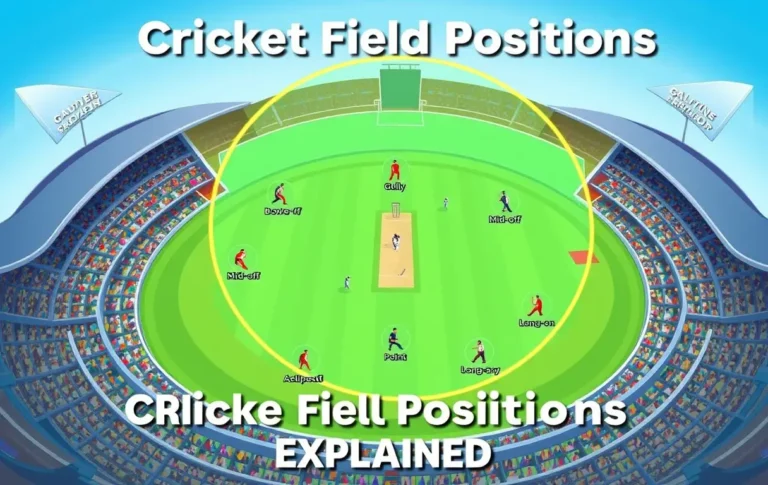
Cricket Field Positions Explained
Cricket is a sport played and loved all over the world. It has different formats like Test matches, One Day Internationals (ODIs), and T20s. Each format brings a different strategy and excitement. One important aspect that many people find confusing is the fielding positions. Whether you’re a new fan or someone trying to play the game, understanding where each fielder stands and why they are there is very important.
In this article, we will explain cricket fielding positions in a very simple and easy way. We will also include diagrams to make it easier to understand. By the end of this guide, you will be able to watch a match and know exactly where the players are standing and what their job is.
What Are Fielding Positions in Cricket?
In cricket, the fielding team tries to stop the batting team from scoring runs. The fielders are placed in different parts of the field to catch the ball, stop boundaries, or create run-out chances.
The cricket field is usually oval-shaped. In the middle is a rectangular strip called the pitch. The batsman stands at one end of the pitch and faces the bowler. The field is divided into two main sides:
- Off-side: This is the side facing the batsman’s bat.
- Leg-side (or On-side): This is the side behind the batsman.
Fielding positions depend on whether the batsman is right-handed or left-handed. Also, the type of bowler (fast or spin) changes the field setup.
Cricket Field Zones: Visual Breakdown
To make things easier, let’s look at a simple diagram of a cricket field. Imagine a clock:
- 12 o’clock is straight ahead
- 6 o’clock is directly behind
- 3 o’clock is to the batsman’s right (off-side for a right-hander)
- 9 o’clock is to the batsman’s left (leg-side)
In this way, we can understand where each fielder stands around the batsman. Cricket Lover Threads Bios

Classification of Fielding Positions
1. Close-in Fielders
These fielders stand very near the batsman. Their main job is to catch the ball quickly if the batsman edges it or hits it in the air. These positions are common in Test matches where taking wickets is more important than saving runs.
Examples of close-in positions:
- Slip: Stands next to the wicketkeeper to catch edges from fast bowlers.
- Gully: Stands wider than slip, for thick edges.
- Silly Point: Very close to the batsman on the off-side.
- Short Leg: Very close to the batsman on the leg-side.
- Leg Slip: Like a slip but on the leg side.
These positions are risky because the ball comes fast and can hurt the fielder. That’s why close-in fielders wear helmets and protection.
2. Inner Ring Fielders (30-Yard Circle)
This group of fielders tries to stop the batsman from taking easy singles. They are also ready to field quick balls and create run-outs.
Common positions in the inner circle:
- Point: On the off-side, square of the batsman.
- Cover: Between point and mid-off.
- Mid-off: Straight and to the off-side.
- Mid-on: Straight and to the leg-side.
- Midwicket: On the leg-side.
- Square Leg: On the leg-side, square to the batsman.
These positions are used in all formats and are important for stopping runs.
3. Outfielders (Boundary Fielders)
These fielders are placed near the boundary to stop fours and sixes. They also catch the ball if the batsman hits it high in the air.
Examples of boundary positions:
- Third Man: Behind the wicket on the off-side.
- Deep Point: Near the boundary, square on the off-side.
- Deep Cover: Between point and long-off.
- Long-off: Straight and near the off-side boundary.
- Long-on: Straight and near the leg-side boundary.
- Deep Midwicket: On the leg-side boundary.
- Deep Square Leg: Square and deep on the leg side.
- Fine Leg: Behind the batsman on the leg side.

Field Placements for Different Bowling Types
For Spin Bowlers
Spin bowlers bowl slowly and try to trick the batsman with turn. For spinners, captains often place more close-in fielders.
Common spin field setup:
- Slip
- Leg Slip
- Silly Point
- Short Leg
- Midwicket
- Mid-on and Mid-off closer to the pitch
This creates pressure on the batsman and increases the chance of getting out.
For Fast Bowlers
Fast bowlers use speed and bounce to beat the batsman. Their field setup is usually more spread out.
Common fast bowling field setup:
- 2-3 Slips
- Gully
- Point
- Cover
- Mid-off and Mid-on
- Fine Leg
- Third Man
Depending on the conditions, captains may change these positions.
Also Read: Cricket Bio for Instagram
Other Unique Fielding Positions
Sometimes, unusual names are used for different areas on the field. Here are a few:
- Fly Slip: Between slip and third man
- Sweeper Cover: Deep cover, meant to sweep the ball on the off-side
- Cow Corner: Between deep midwicket and long-on (used for power hits)
- Straight Hit: A position straight down the ground
These positions are usually used in limited-overs formats.
Powerplay Rules and Restrictions
In ODIs and T20s, the fielding team must follow certain rules:
- First Powerplay (1-10 overs in ODIs): Only 2 fielders allowed outside the 30-yard circle.
- Middle Overs: 4 fielders allowed outside.
- Final Overs: 5 fielders allowed outside.
This means captains have to think carefully about where to place fielders.
Tips to Learn and Remember Fielding Positions
- Watch live matches and pause to see where the fielders are.
- Use mobile apps and games that let you set field placements.
- Download and print a field map to study.
- Try calling out the positions when watching with friends.
FAQs
Q1. What’s the difference between slip and gully?
A: Both are close to the wicketkeeper but gully is a bit wider than the slip.
Q2. What does silly point mean?
A: It’s called “silly” because the fielder stands very close and it’s a bit dangerous.
Q3. Can fielding positions change during the game?
A: Yes, they change often depending on the bowler, batsman, and match situation.
Q4. Are there fixed fielding positions in cricket?
A: No. Captains can place fielders anywhere as long as they follow the rules.
Q5. Is the field same for left-handed and right-handed batsmen?
A: The names of positions stay the same, but the actual field changes direction.
Conclusion
Understanding cricket field positions may seem hard at first, but it becomes easy if you follow the basics. Once you know where each fielder stands and why, the game becomes more interesting to watch and play.
We hope this guide helped you understand the fielding positions in cricket. Use the diagrams, practice watching matches, and soon you’ll know all the positions like a pro.
If you found this helpful, share it with your friends or teammates. And if you’re a coach or teacher, feel free to use this as a learning guide for beginners.

